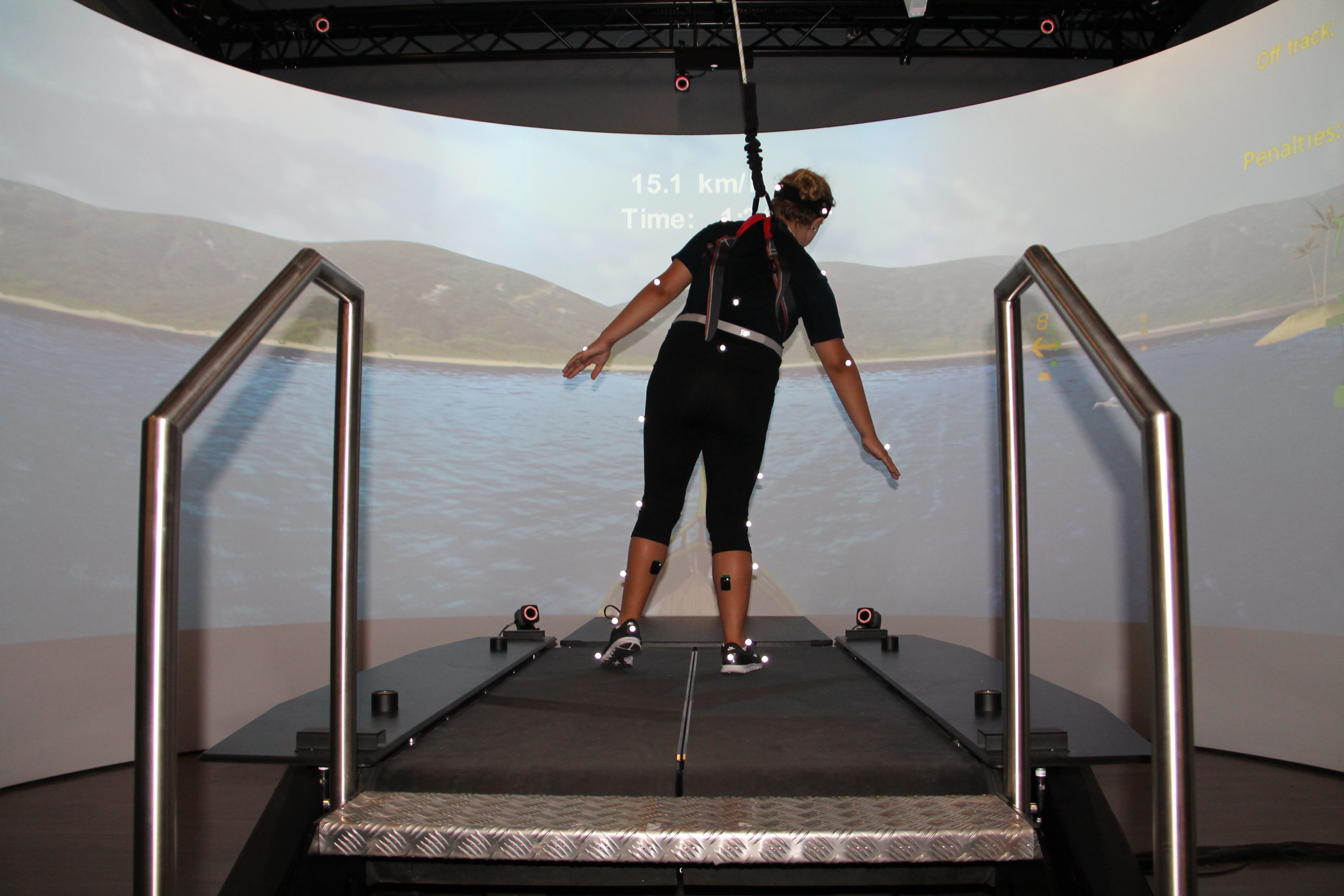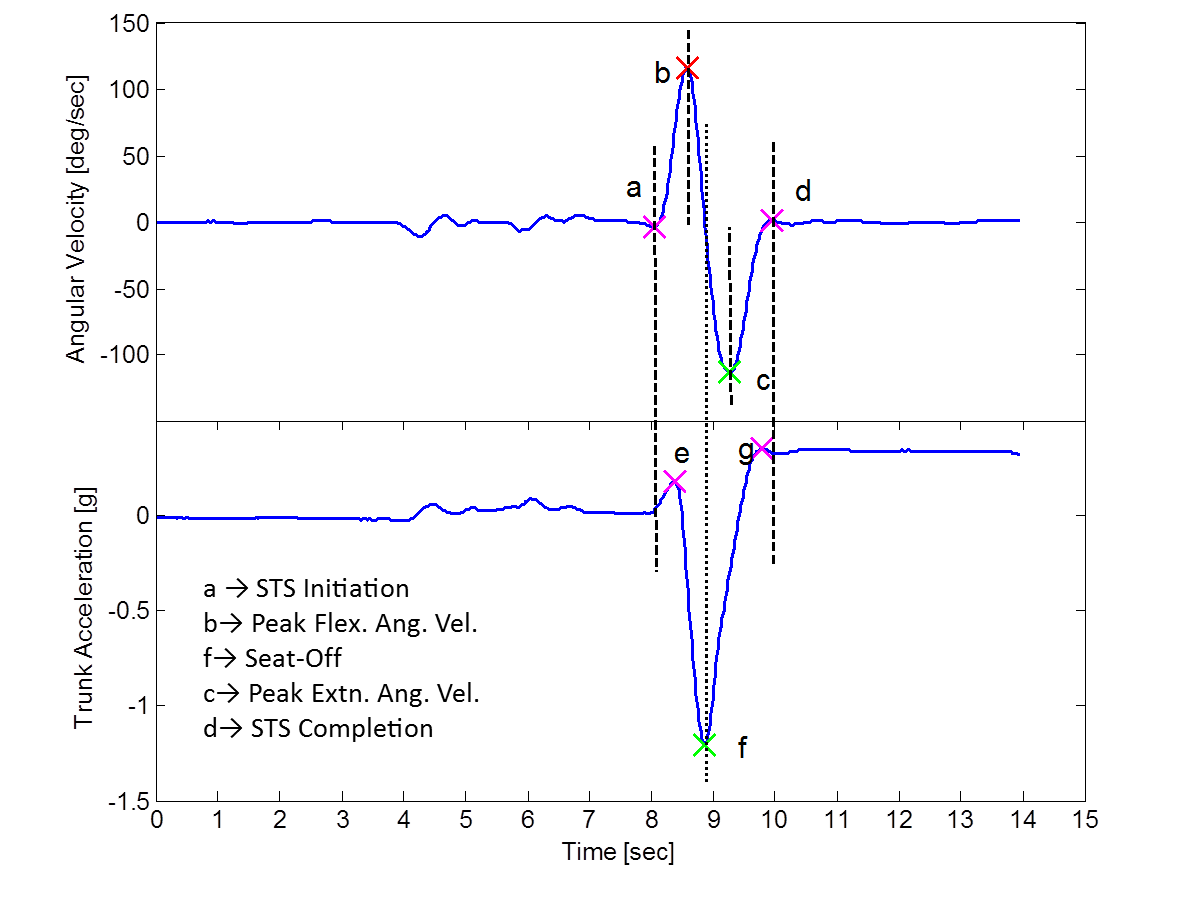GAIT REHABILITATION & RESEARCH LAB
Areas of Research
Dr. Rahul Soangra's research encompasses a broad and integrative approach, combining the realms of smartphone technology, fall risk assessment, wearable sensors, and machine learning to address health challenges, particularly in the context of stroke. His work leverages the capabilities of smartphones and wearable sensors to enhance clinical assessments and predict health outcomes, such as in cardiac surgery patients in past studies.
In the realm of fall risk assessment, Soangra's research is especially focused on older adults and stroke survivors, employing advanced machine learning techniques to analyze and interpret data from wearable devices. This intersection of technology and healthcare in Soangra's studies reflects a modern approach to medical research, where the aim is not only to understand and mitigate the risks associated with conditions like stroke but also to harness emerging technologies to improve patient outcomes and quality of life.
Fall Risk
Dr. Soangra’s Lab research has significantly contributed to the understanding of fall risk, particularly among older adults. In a collaborative study, Soangra and his team evaluated gait characteristics from a sizable group of community-dwelling older adults, aiming to determine the predictive ability of these characteristics for fall risks [2]. His research also extends to the effects of obesity on gait and posture, where he used nonlinear dynamics to understand human motor control in relation to fall risk [3]. This multifaceted approach, combining gait analysis, sensor technology, and machine learning, positions Soangra’s work at the forefront of fall risk assessment and prevention.
Wearable Sensors and Machine Learning
Dr. Soangra’s Lab has conducted pioneering research in the field of wearable sensors and machine learning, focusing on their applications in healthcare and rehabilitation. In one of his notable studies, Dr. Soangra’s Lab evaluated surgical skills using machine learning algorithms in conjunction with wearable sensors, demonstrating the potential for quick and efficient assessment of surgical competencies [1][3]. This research highlighted how specific muscle activations, recorded through wearable sensors, contribute significantly to the evaluation process. Additionally, Dr. Soangra’s work extended to classifying toe walking gait patterns among children using machine learning, showcasing the capabilities of these technologies in identifying specific gait abnormalities [5]. His research signifies a substantial step forward in the integration of wearable technology and machine learning in medical and rehabilitative fields, offering innovative solutions for patient care and health monitoring.
Toe Walking Research
Dr. Rahul Soangra has been actively involved in research focusing on toe walking, particularly in children. His studies have explored the use of machine learning algorithms for classifying gait patterns in toe walking among children, which is critical for identifying and addressing this gait abnormality early on [1]. He has investigated methods to classify toe-toe walking versus heel-toe walking using data from wearable sensors, aiming to enhance diagnostic accuracy and therapeutic interventions [2]. Furthermore, Soangra’s work includes the development of customized wearable sensor-based insoles designed to correct toe walking behavior through corrective tactile biofeedback [4]. This multidisciplinary approach, combining advanced technology with clinical research, underscores the potential of wearable sensors and machine learning in improving our understanding and treatment of idiopathic toe walking (ITW) and related gait disorders.
Smartphones
Dr. Soangra’s lab research involving smartphones primarily focuses on leveraging smartphone technology in medical applications. A significant study by Dr. Soangra aimed to improve clinical assessments and predictions of mortality and morbidity among older patients undergoing cardiac surgery. This was achieved through the development of a smartphone-based prediction model, which exemplifies the innovative use of smartphone technology in critical healthcare scenarios [1]. His work in integrating smartphones into medical research is indicative of the growing trend of using mobile technology for advanced healthcare applications and research. Dr. Soangra’s approach highlights how smartphones can be instrumental in medical diagnostics and patient monitoring, opening new avenues for remote and efficient healthcare solutions.
Stroke
Dr. Soangra’s Lab has made significant contributions to stroke research, particularly in understanding the motor functionalities and kinematics in stroke survivors. His lab studies have delved into differentiating stroke and healthy adults using novel timeseries extraction methods, focusing on activity classification to aid stroke rehabilitation [1]. Additionally, Dr. Soangra’s lab work includes a detailed analysis of 360° turn kinematics in individuals’ post-stroke, where he characterized differences between healthy older adults and adults after stroke in their turning movements [2]. This research is crucial in understanding the sensorimotor impacts of stroke on patients, providing insights into the challenges faced by stroke survivors in everyday movements. His approach combines wearable sensors and kinematic analysis, contributing to a more comprehensive understanding of post-stroke motor control and rehabilitation strategies.


